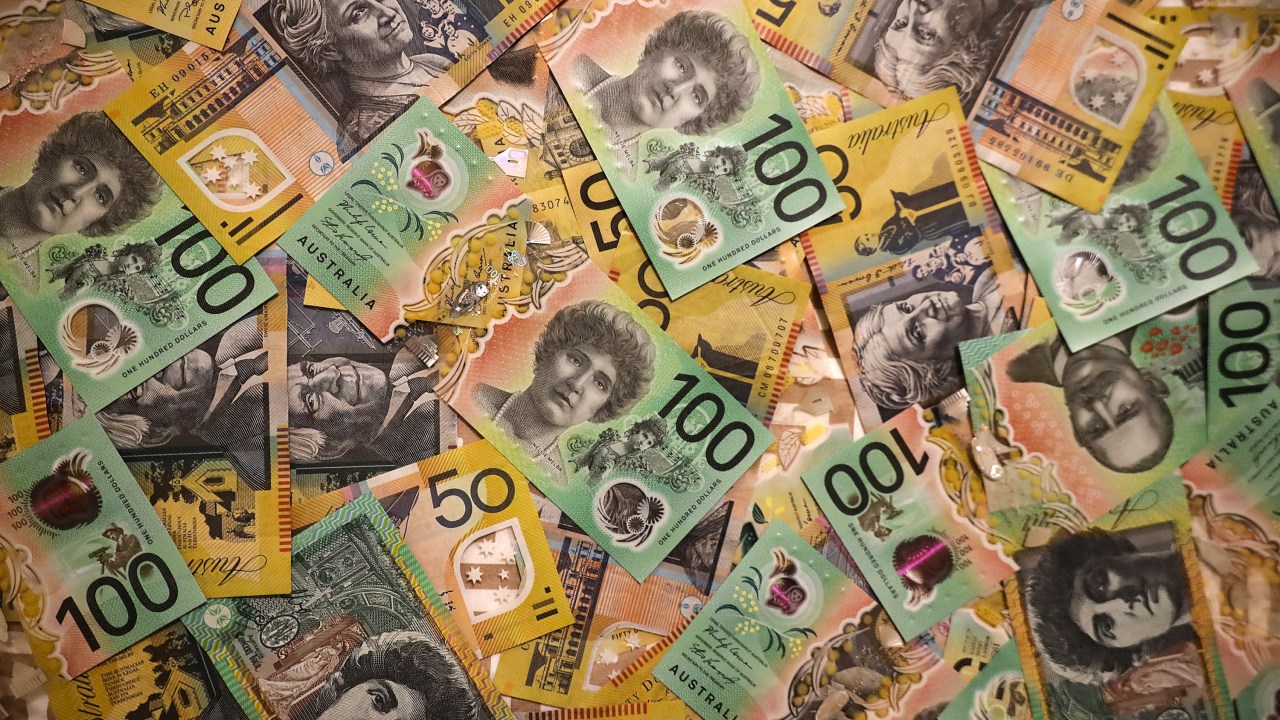The Reserve Bank of Australia has “room for one more” interest rate cut this cycle despite the release of data which has hurt the chances of monetary easing, one economist has claimed.
Fresh unemployment data from the Australian Bureau of Statistics showed the jobless rate fell to 4.3 per cent last month in a blow to future rate cuts.
It comes as inflation picked up in the September quarter and the RBA was forced to lift its forecast for 2026.
Rate cut odds have significantly fallen since the inflation data came out, while the jobs data shrunk the chances even further.
However, AMP economist My Bui insisted there was still room for more cuts despite the unemployment numbers.
“Going into 2026, the bar for any more rate cuts from the RBA is very high,” Ms Bui said in a note to investors.
“But we do see room for one more cut, as our base case is for the unemployment rate to increase to 4.6 per cent (which is still a very small pickup from the current level), and quarterly trimmed mean inflation to head back to around 0.7 per cent quarter on quarter (QOQ) from the currently elevated pace of one per cent QOQ.
“But any better-than-expected data on either front would mean an extended holding pattern from the Reserve Bank.”
Ms Bui noted the unemployment data was “tracking close” to the RBA’s forecast for the jobless rate to remain around 4.4 per cent this quarter and was “unlikely to change the RBA’s assessment of the labour market”.
The RBA held the cash rate at 3.6 per cent last week and adjusted its forecast for inflation in 2026.
It said inflation would peak at 3.7 per cent in mid-2026, higher than its previous forecast of 3.1 per cent, while trimmed mean inflation was revised to peak at 3.2 per cent next year.
This is more than half a per cent above its former 2.6 per cent estimate.
The RBA has cut rates three times since the beginning of 2025, bringing the cash rate down a total of 0.75 per cent.
Hopes for more cuts were dealt a blow when Andrew Hauser, the deputy governor of the RBA, on Monday said that Australia faced capacity constraints – meaning there was limited potential for supply to increase in the economy.
This could mean that inflation starts to surge as demand continues to outpace supply.
When an economy typically recovers, there is usually some capacity for the rise in demand, Mr Hauser said.
It comes as Australia’s GDP growth sits near a historic low point and poor business investment and sluggish growth constrains the national economy.
“As the economy recovers, that buffer typically provides room for a period of above-trend growth in activity and employment, as demand rises back towards potential output, without generating excessive inflationary pressures,” Mr Hauser’s speech read.
“But this time looks different.
“Our central estimate suggests that demand was slightly above potential output at the time GDP growth started to pick up last year – the tightest economic backdrop to a recovery since at least the early 1980s.”
He added that if the nation’s economy was “boxed in by its own capacity constraints”, the RBA may be forced to keep rates on hold.
“There may be little scope for demand growth to rise further without adding to inflationary pressures, and hence there may be little room for further policy easing,” Mr Hauser said.

